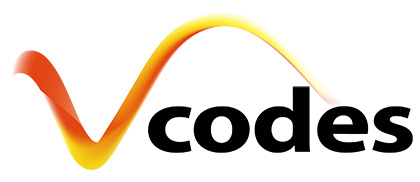Dolby E is a technology for multichannel audio distribution. By Using Dolby E, TV service providers can deliver content with different language tracks and surround sound audio from a single source.
Developed by Dolby Laboratories*, Dolby E enables the transmission of up to eight channels of high-quality audio, along with metadata, through a single AES3 digital audio stream. It is designed for use in professional post-production and broadcasting environments, where multichannel audio needs to be moved between facilities or delivered to consumers. Dolby E can also be used to record multichannel audio on two audio tracks of standard digital video tapes, servers, or other devices.
Dolby E is an audio compression and decoding system that preserves the quality and integrity of the original audio content. It uses a frame-based structure that allows for easy synchronization with video frames and metadata. Dolby E supports various channel configurations, such as 5.1 surround sound, 7.1 surround sound, or stereo plus four auxiliary channels. Dolby E also supports different sample rates, bit depths, and frame rates.
Dolby E is compatible with existing two-channel infrastructures and equipment, such as mixers, routers, switchers, or communication links. It can be easily encoded and decoded using commercially available hardware or software products from Dolby or third-party manufacturers. Dolby E can also be converted to other audio formats, such as Dolby Digital, Dolby Digital Plus, or Dolby AC-4, for consumer delivery.
Dolby E is a versatile and reliable technology that offers many benefits for multichannel audio distribution. It enables efficient and flexible workflows, reduces costs and complexity, and ensures consistent and high-quality audio experiences for audiences.
What is the difference between Dolby E and Dolby Digital, Dolby Digital Plus and Dolby Atmos?
The main difference between Dolby E and Dolby Digital, Dolby Digital Plus and Dolby Atmos is their intended use and application. Dolby E is a professional audio coding system that is optimized for the distribution of multichannel audio through digital two-channel infrastructures, such as post-production and broadcasting. Dolby Digital/Plus/Atmos are consumer audio formats that are optimized for the delivery of multichannel audio to home theaters, TVs, soundbars, or other devices.
A third difference is the compatibility and flexibility of the two systems. Dolby E can be encoded and decoded multiple times without degradation or loss of synchronization, which is important for editing and processing audio in professional environments. Dolby Digital/Plus/Atmos are not designed for multiple encode/decode cycles or editing, and may introduce artifacts or errors if done so.
How to integrate Dolby E into transcoding workflows?
Dolby E audio tracks can be transcoded to Dolby Digital/Plus/Atmos, depending on the source and destination devices and the channel configuration. Vcodes vCoder fully supports Dolby E encoding and decoding for a seamless automated Dolby transcoding workflow.
* Dolby and the double-D symbol are registered trademarks of Dolby Laboratories.


